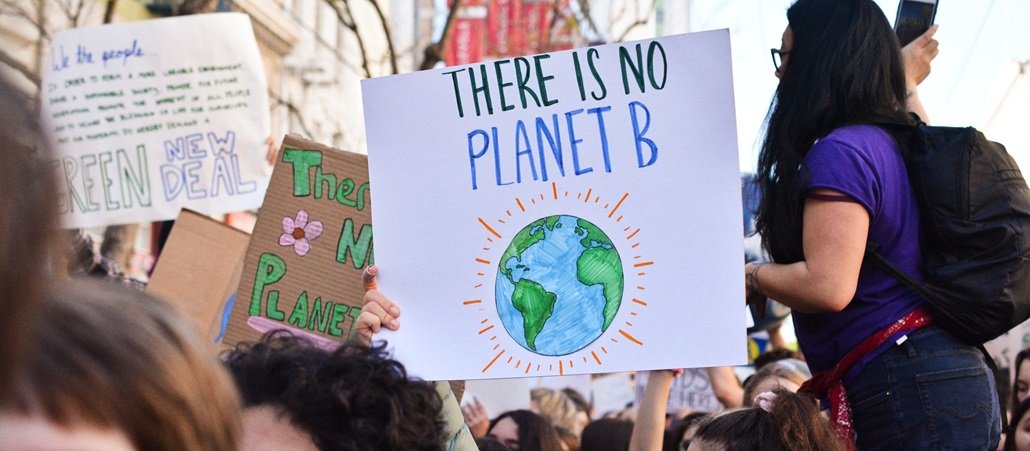
A relationship outside humanity
Our human predecessors would have looked into the eye of wildness on a daily basis. Whether through curiosity, chance or hunger, the sheer abundance of wild creatures surrounding them, and the necessary proximity in which they lived, would have made it impossible not to encounter them often, and intimately. Whether the animals that they exchanged these moments with were companions, equals, food or predators, each happenstance brought with it a connection to the natural world - which in turn sustained a deep understanding of it.
The majority of residents in the UK now experience our only connection with nature as occasional interactions with domesticated pets, farm animals, or a David Attenborough series on the TV. Truly wild nature is so far depleted, and we so far removed from it, that there simply isn’t the means of having intimate relationships with the visceral aliveness of wild beings. Most of us in the modern world have never had a relationship with anything outside humanity – and because of this we forget how deeply we as humans are – or should be – embedded reciprocally with other species in nature. Indeed, we forget entirely how much we rely on all things natural to sustain us.
The single species focus (on ourselves) that we are accustomed to as humans is so familiar to us that we have forgotten that anything else existed besides human disconnection from nature. And so we have arrived in the chasm of climate chaos and biodiversity loss that we find ourselves in. For a long time we have assumed that human intelligence can replicate nature’s abundance, or replace it if needs be, but our desire to be in dominion over nature has shown itself to be spectacularly flawed.
I once had the indescribable privilege of looking into the eye of a young southern right whale – and the depths that those eyes contained. It gave me a brief glimpse of an echo of what we have forgotten and what we are missing in our relationship with the rest of the natural world. Imagine if we had experiences like these every day. Imagine if we created a relationship of trust and reciprocity with nature, instead of a ‘power over’ and ‘take what I want’ imposition? Imagine, if we stopped assuming that we are dominant, and remembered that we are intricately interconnected with (and dependent on) all living things.
My profound optimism suggests to me that it is possible for at least some of us to do this. And that those who do, might just be those who have the inspiration, innovation and imagination to help get us out of our current climate crisis. As the COP26 summit ends in Glasgow, political leaders are postulating whilst taking little concrete action to prevent the world and its kaleidoscope of species disintegrating around us. I can’t help thinking that it is at this point of crisis where perhaps the human species has its epiphany, but that it will be the grass roots, community led and nature connected elements of humanity, and not the politicians, who will have the passion and tenacity to attempt to save their fellow species, just so they can look them in the eye and know that they tried.
The Urban Climate Regeneration
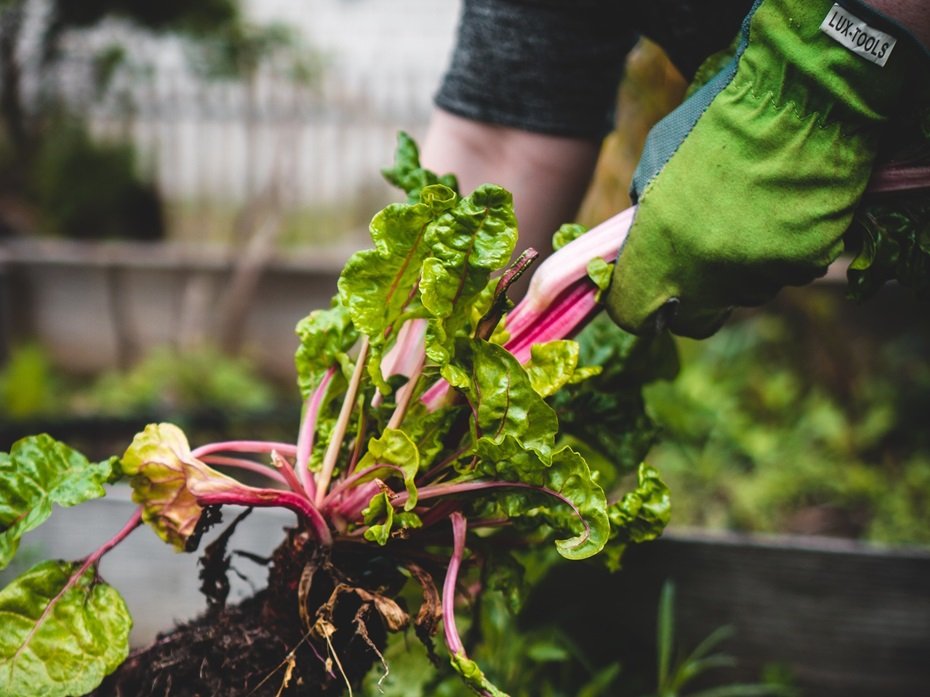
As COP26 Climate Conference in Glasgow draws to a close and hundreds of political and social leaders from around the globe make their way back to their respective countries, the visceral climate challenges affecting the daily lives of our families and others around the planet are becoming more and more apparent. Nasa found 2020 to be the hottest year on record, and the top ten hottest years have all fallen between 2005 and 2021.
Climate change is here, it is real and it needs urgent action.
By 2050, the UN expects 68% of the global population to be urban. In the UK, the population living in urban areas is already 84%. From pollution to traffic, food, heat islands and energy resources, there are a myriad ways in which urban populations create some of the highest carbon footprints and climate impacts on the planet. In the UK, urban populations extract huge amounts from nature at several steps removed, depending mainly on natural resources imported from the rural UK or distant parts of the world.
To tip the balance of the climate crisis, we need solutions which ensure a more climate resilient future for us all, but there is a particular need for those living in urban areas to act fast and to act effectively.
Each of us can play our part, but many of us need support, ideas, and guidance. Forests without Frontiers is one organisation which is making a tangible difference by doing just that. We are a UK based non-profit organisation, working hard to bring nature back to life and people back to nature, to help create the rapid decarbonisation we need. Our key initiatives involve planting huge numbers of trees, and rewilding and reforesting degraded landscapes with support from a network of local artists and musicians, communities, businesses and individuals working collaboratively. We are now also creating solutions based opportunities to tackle the urban climate issue, and focusing our efforts on cities.
This month we launch our Cities for Earth Campaign – an ambitious campaign which will help urban residents to take positive action in tackling the climate emergency. We have an expert team who are engaging a diverse array of individuals, businesses and group to help balance their carbon footprints and regenerate local environments. Our first project in the City of Brighton and Hove plans to work with local landowners and the Children’s forests group to plant trees and involve the community - as well as continuing to plant at scale in Romania. Creative art installations and integrative events are part of the inventive and acts of reviving nature in the city, big and small, are encouraged. We want people to come together to make a difference.
The aim is for the ‘Regenerative Cities’ model to be replicated across other cities bringing them together to help seed many new local projects and create micro green spaces within cities, whilst also supporting the creation of the largest natural park in Europe.
Published in November 2021 in https://www.forestswithoutfrontiers.org/news/the-urban-climate-regeneration
Unfeasible Trees, Triumphant Trees, and Trees that Try
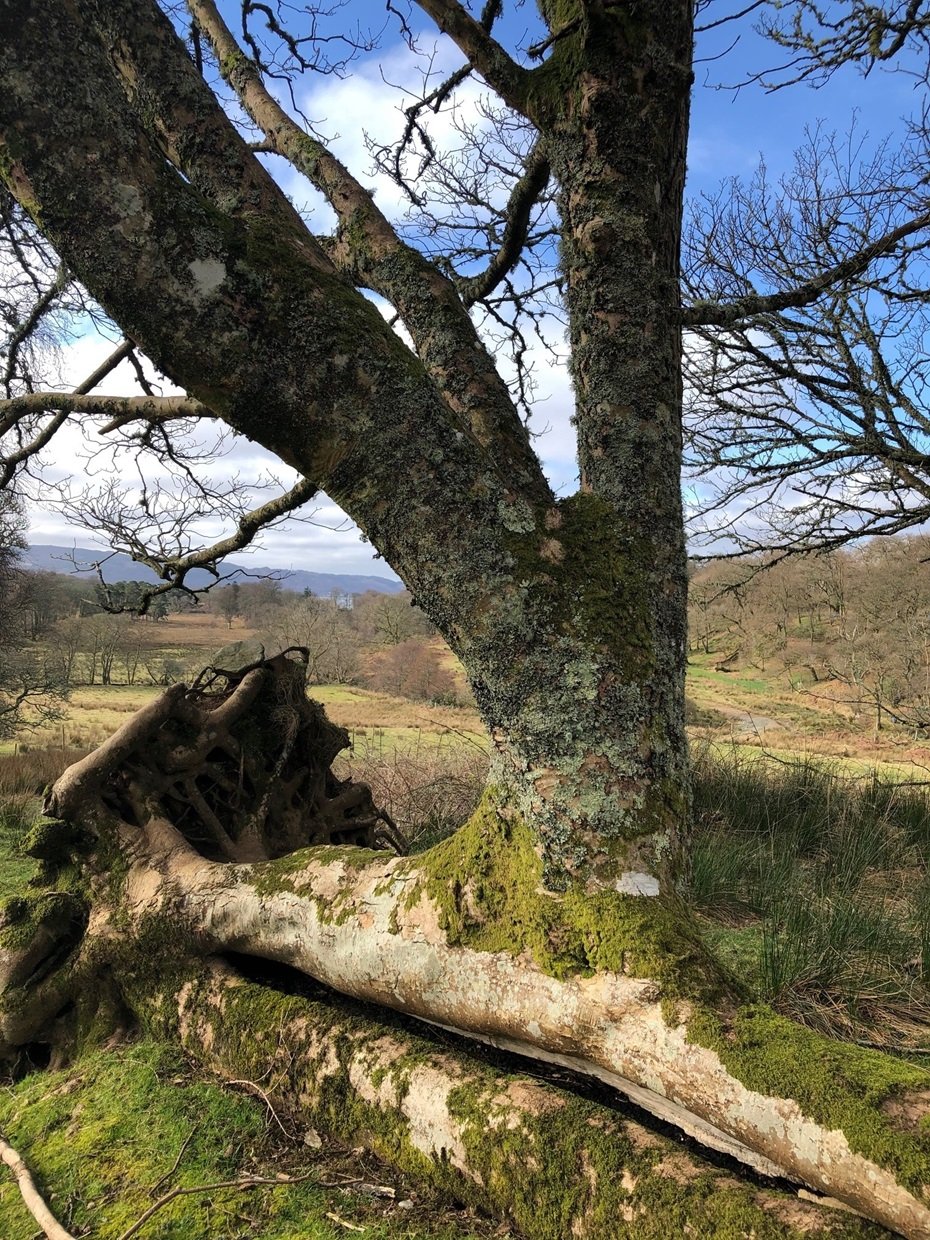
Have you ever stopped and wondered at the tenacity of a tree which has been toppled in a storm – root ball flailing - and yet along its trunk, fifteen new young trees are surging their way towards the light? It’s a beautiful testament to the resilience of life.
You may well not have seen one. Not many of us get the chance because they are mostly chopped for firewood, whilst most other trees are encouraged to be mono stemmed to create harvestable timber. In woodlands managed for forestry, fallen trees are systematically cleared away and living trees expressly have their lower branches ‘cleaned’ to make sure that they grow tall and straight. All the trees that we plant in plastic tree tubes have no choice but to grow upwards in a straight line for the first several years of their lives.
Because it is missing from our memories, we don’t think twice about how entangled and interesting a woodland might once have been. In many woodlands its quite a challenge to find a tree which is wonky, or wibbly or just downright wild. Personally I love these trees – trees which have, against all the odds of animals browsing, people chopping, winds blowing, squirrels gnawing, and all sorts of other things assailing them - found a way to survive, and thrive, and live to old age, albeit with a few scars and one or two limbs missing.
There is a quirky, irreverent and sculpturesque quality to them which appeases my eye and my soul when set against a landscape of neatness and tidiness. And each one of these unfeasible trees has a story to tell about how it came to be so sculpted – sometimes we may be able to hear that story, and other stories are lost in the mists of time. Was this tree once felled by a beaver before they became extinct in Britain? Was it planted as a seed in a burial chamber which grew around its obstructions towards the light bursting forth into the fresh air? Or did it cling to a rocky crevice until the rocks fell and threw it tumbling downwards into a previously unforeseen abode?
These trees are wonderful to me. They have grown belligerently, as they wish, for decades if not centuries. Some grow at right angles where once they were caught under another tree branch, other trees ‘kiss’ and become enmeshed with each other, with separate species merging into one tree as bark swallows bark. They mark for me, places where the human hand has still not quite touched everything, whilst simultaneously creating a myriad of little niches for a multitude of species which would otherwise not be able to survive on our neater trees.
My mission, should I choose to accept it, is to bring these Transformational Trees back into our woodlands and landscapes. To create wilder spaces where we relinquish our need for orderliness, and allow nature to be as free form and creative as she wishes to be. If it works, then some time in the future the trees that you might see will be breathtaking in their wilful abandonment of human order and refreshing in their incredibly natural ‘tree-ness’.
Image: copyright Susie @ the_gardeners_cottage
The subtle making of a wild place
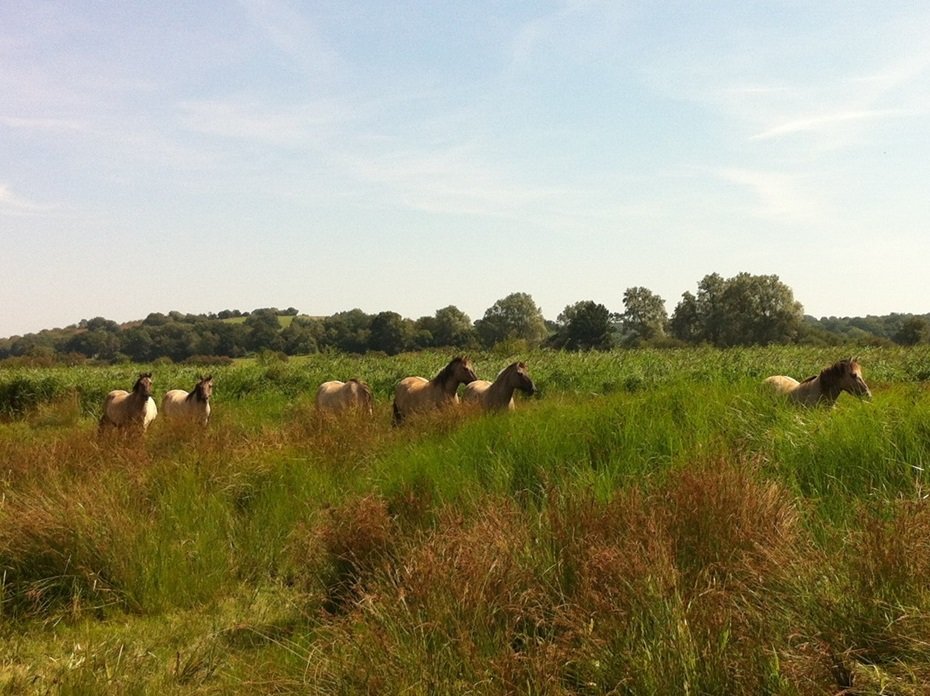
The natural world is a subtle place, pulsing with intricacies and symbioses - often ignored or misunderstood by us. These days most of us (even the conservationists!) are far removed from our own symbiotic relationship with nature – be it our gut flora or our place as a hyper keystone species in a natural food pyramid. Our understanding of what it means to be natural or wild is often more of a concept than a reality.Important scientific discoveries help us to understand singular aspects of our unimaginably diverse and complex environment, and the intricate relationships therein. It can never fully help us to understand the complete wildness of nature however – and we should never expect to be able to. But there is a deeper ‘knowing’ of a thing. A recognition of something, species to species, which occasionally pushes through our instincts into our consciousness – and this knowing is an incredible tool if we can harness it.
At Sussex Wildlife Trust, we spend a lot of time helping people to regenerate nature, make it wilder … more natural, but what does that really mean? It’s the age old idea that if a tree falls, or a wild place evolves – do we see it, smell it, touch it, hear it? – and what does it look like? Even as a seasoned ecologist is it difficult to pinpoint the subtleties of what makes a place essentially natural or wild.
Wildness can be an event – a flood, a storm, a hurricane, a volcano, a blizzard, or a lightning strike which tears apart and re-forms our landscapes. It is also the calm before, and after the storm – there is often more calm than storm, but we tend to remember the stormy part, because this is the part which creates rapid change, and we are often powerless in the face of it.
Wildness is change, evolution, constant transformation from one form to another – the slow wearing of beach pebbles, the changing of a season, or the migration of a bird. Humans as a species often resist change, and yet change brings us some of the most incredible transformations.
Wildness is life – pulsing, abundant, irrepressible, joyful life. But it is also death – and death in a sense that there is a renewal and a furnishing of life in death. Fungi, insects and bacteria which break down our dead things and turn them back into life again. We often resist this part too, forgetting how essential it is to the circle of life.
Wildness is often about a sense of calm, when fully, beautifully immersed in nature. And also the sense of panic of being unsure, out of one’s depth, fearful of unknown wild creatures and the natural elements which are out there – another resistance here perhaps.
Wildness is an experience. It is sensory. It is sights, sounds, smells, sensations, textures and shapes in a myriad of dazzling forms which assault the senses. It is a symphony that we have long since forgotten the tune to, but which we occasionally hear the odd phrase or bar of, as the breeze hums its story to us over a summer meadow. Wildness is walking barefoot on snow – grass – sand - nettles. It is the experience of knowing that we have little control over wildness, but perhaps that is half the joy of it. It is the silence as much as the sound. Comfort as much as discomfort.
Wildness is both darkness and light – beyond light pollution to dazzling galaxies of stars set into the places that swallow light whole, or chasing a firefly through a garden. Stirring up the dark ocean at night to see the sparkle of the phosphorescent algae. Seething darkness, and glowing, skipping, bursting light. Dawn, dusk, midsummers day, midnight.
Wildness is both ancientness and newness. It is the bursting open of a bulb, a birth, or the seething megalith of an ancient tree dripping with lichens and other wild nature, and remembering histories we have long forgotten.
Wildness is temperature; heat & cold - everything from jangling icicles on trees to steaming mists after a midsummer rainstorm. It is the knowledge that these natural things are essential to sustain us, but that they can also kill us.
Wildness is ebb and flow, boom and bust, movement and stillness, inspiration and exasperation. But most of all it is instinct. An instinct that I hope we will start to remember, and to become more comfortable with. I hope that instinct will help us remember what wild nature truly is – piece by piece as we start helping nature to lead its own recovery.
Wildness is about how we feel about ourselves, and our connection with nature, and whether we choose to engage with it in delight, in safety, up close or in fear. Most important though, is to remember that we human beings are a part of wild nature. We are a species in a tumbling, abundant, naturally ordered mess of a world, and even if we can recognise that one fact, we may find it much easier to know nature and to know how to help it.
Published for Sussex Wildlife Trust in February 2020
The Language of the Land
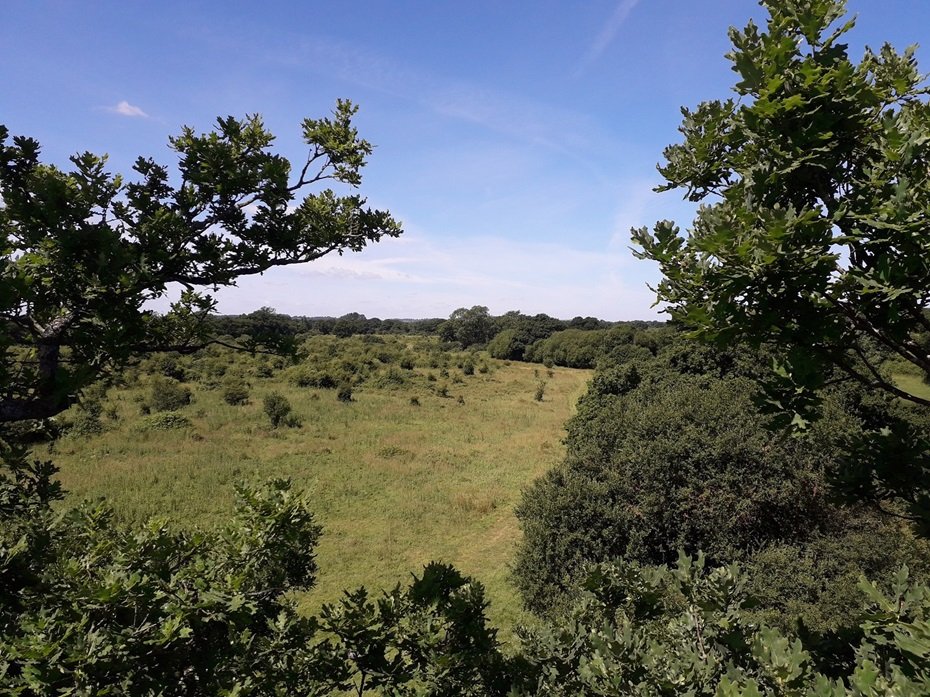
We live in a loquacious world. New words are created almost every day, and the breadth and diversity of the language(s) that we can use is breathtaking. The Lost Words by Rob Macfarlane and Jackie Morris also tells us about Dandelion, Otter, Bramble and Acorn - words describing our natural world which have fallen out of the dictionary, and therefore out of our awareness. Indigenous languages and the innate knowledge of the natural world that they hold disappear on a regular basis.
In our culture, if there is no language to describe something, then to some extent it ceases to exist and is forgotten. Conversely, you can often hear us say words without truly considering what their meaning is. This is worrying to someone who notices what is missing, or who knows that we have forgotten much in relation to our own relationship to nature.
Within the world of wildlife conservation there are everyday terms we use to describe our interactions with the natural world, which are loaded with assumption. The word conservation itself implies a kind of preservation in aspic of nature, which is both impossible and unfeasible – it gives no scope for a landscape to be adaptable over time and according to changing circumstance.
There is also an embedded language that the environmental sector uses on a daily basis, which seriously limits our ability to look beyond the normal, and to challenge the boundaries of the mundane. One example of this might be our reliance of describing a piece of land according to the man-made boundaries around it. Because we use these words, fields, with fences, ditches, walls and straight lines therefore define the shape of our landscape without us realizing that there might be an alternative. The advice that we give about nature religiously revolves around human boundaries and sticks within their limits. For me it is time to consider what might happen to wildlife if we removed some of the straight lines and fences, and started to allow a much freer and more natural evolution of natural boundaries. If we take the fence away from the edge of the woodland, it will take a much more natural shape and form, with much better habitat for wildlife.
Likewise when we want to restore woodlands, we revert automatically to conversations around planting trees, complete with imported seeds, soils and plastic tubes – rather than thinking about a more natural way to restore a healthy and resilient woodland, through natural regeneration and allowing the trees to choose where they want to grow.
I find it bemusing that the environmental NGOs still ubiquitously write ‘management plans’ for their nature reserves – and that we have not yet graduated to the creation of ‘natural landscape’ or ‘self willed wildlife’ visions. And within these ‘plans’ we often speak of ‘clearing out ditches' or water level management – not considering that perhaps it might be better for wildlife to restore the natural hydrology which came before the ditches, pumps and drains. A hedge is often described as being overgrown and in need of trimming – not considering that the natural outward expansion of a hedgerow actually creates prime edge habitat for wildlife.
And then there are the weeds – even some of our rarest arable plants are still described as arable weeds. But a weed is merely a plant in a place that a human doesn’t want it to be – they are all providing wildlife habitat, many have medicinal properties or provide food and forage, but our description of them as weeds implies an implicit need to remove them from our world, or to only conserve them as an act of tolerance.
Similarly, a piece of land which is neither farmed nor built on is often described as abandoned, wasteland or unproductive (farm)land - forgetting that these pieces of land are often some of the most productive in terms of wildlife and the natural services such as pollination which are essential for human survival. Only recently have we truly started to consider naming them as something else like wildland or natural capital.
The natural process of a beaver, deer or pig browsing or digging in the land are still so often called damage, even by the environmental sector. Flooding is always described as catastrophic damage, whereas in the right place it is fertilization of prime agricultural land, natural soil creation, natural water storage, water cleansing, habitat for wildlife and a great deal more. Many of these natural processes that we unwittingly still think of as damage, are in fact intrinsic to the creation of a wildlife diverse landscape, which is healthy both for people and wildlife.
I for one am increasingly trying to think about the words I say to describe the natural world and our interactions with it. On a daily basis I speak to landowners about enhancing their land for wildlife, and the language that I use will be passed on and used by them – it is a responsibility as well as an opportunity for a new environmental type of creativity.
In a world which is inundated by emoji’s, texts, emails, podcasts, tweets, blogs, chats, posts, etc, it is hard to even want to hear the language of the natural world around us, particularly when it doesn’t speak clearly in words. Thankfully, Rewilding and other more nature-led conservation approaches are challenging our daily use of language and the assumptions about our natural landscapes that go with it. Although it is a challenge to find the language for the unknown emergent properties which may emerge from rewilding, it is important that we try to (re)find them, and with them we may finally find a place for nature in our societies.
A new kind of environmental eloquence seems to be emerging which is both exciting and essential. A conversation and a language based around the needs and shapes of nature, where humans are a species embedded in the ecosystem rather than a species which dominates and often misinterprets it.
First published for Sussex Wildlife Trust in July 2019
Care versus control
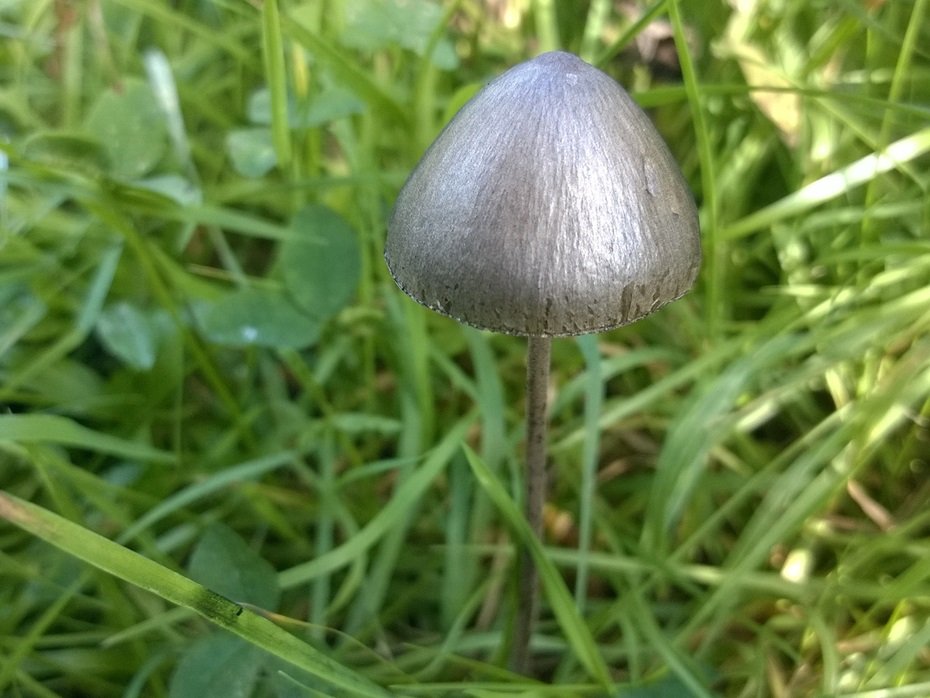
The modern human, Homo sapiens, in theory exhibits some of the most complex intelligence as a species, including being able to create other forms of artificial intelligence. It’s incredible really when you think about what evolution can do. Human intelligence also comes in multiple forms – academic, emotional, spatial, inter-personal etc. – and integrating a range of these intelligences is often better than displaying just one form. Frequently, humans forget what a privileged position it is to have evolved in this way, and that this position by its very nature bestows a duty of care. We also forget that that ours is not the only form of intelligence.
The tendency of the human species is to assume that as one of the highest functioning ‘intelligent’ species on earth, what we decide as the best course of action must be right for all other forms of life. However, increasingly science is acknowledging that there are myriad other forms of cleverness in our natural world which through their collaborative and community building processes may in some ways display greater intelligence than humans.
From squid to bacteria, elephants to mycorrhizal fungi and trees, there are a whole range of species groups which display complex and ‘socially’ aware behaviours where they communicate with each other, care for each other, and feed one another. Most fascinating to me is the massive inter-species support and communication systems occurring between mycorrhizal fungi and trees – supporting whole ecosystems across hundreds of miles through complex natural interactions.
This is perhaps a challenge to the anthropocentrism which has dominated much of our conservation efforts, and indeed our day to day lifestyles. Our tendency is to decide how best we should manage (or control) the land or sea for squid / bacteria / elephants / fungi, forgetting that our intervention may neither be necessary nor relevant. Sometimes what may be needed is simply the will to recognize the value of, and care enough to protect what already exists.
As ecologists and conservationists, as people, we are stewards of the natural world. Increasingly we need everyone in the human world to know how important it is for them to be stewards too. What if we could display some of the socially complex behaviours that nature displays? What if we can engage with, think with, and care for intelligences other than our own in new ways? And what if, we can rely on the innate ‘knowing’ of a nature which has evolved over millennia, to guide us as to the best ways of working with it rather than against it? We know we need to care for our environment, but sometimes lack the ability to listen to what it is telling us.
There is something of a movement towards new ways of seeing and understanding our natural world, which reconnects us to the world around us as an intelligent species within a bigger network of natural intelligence. This movement has more of an insistence on care, and on common sense combined with an instinct to relax our control over nature in the right places (i.e. working with natural processes), so that we can work with it rather than against it. This model of care versus control seems to be the key, and I hope that in time it will help us to find solutions to some of the major issues of our time such as climate change and biodiversity loss.
First published for Sussex Wildlife Trust in July 2019




